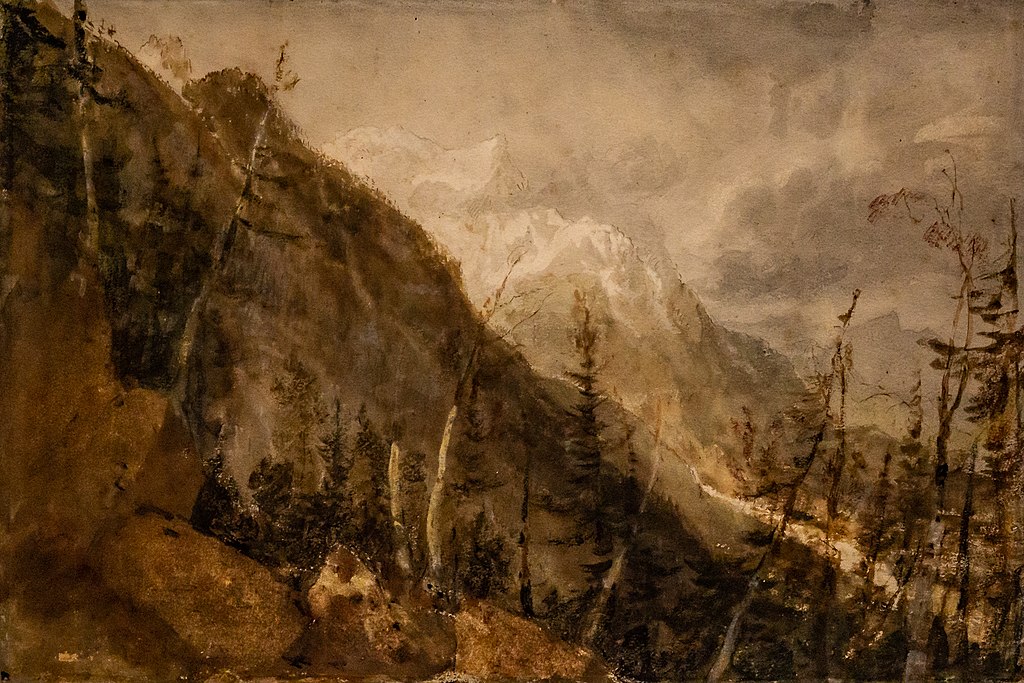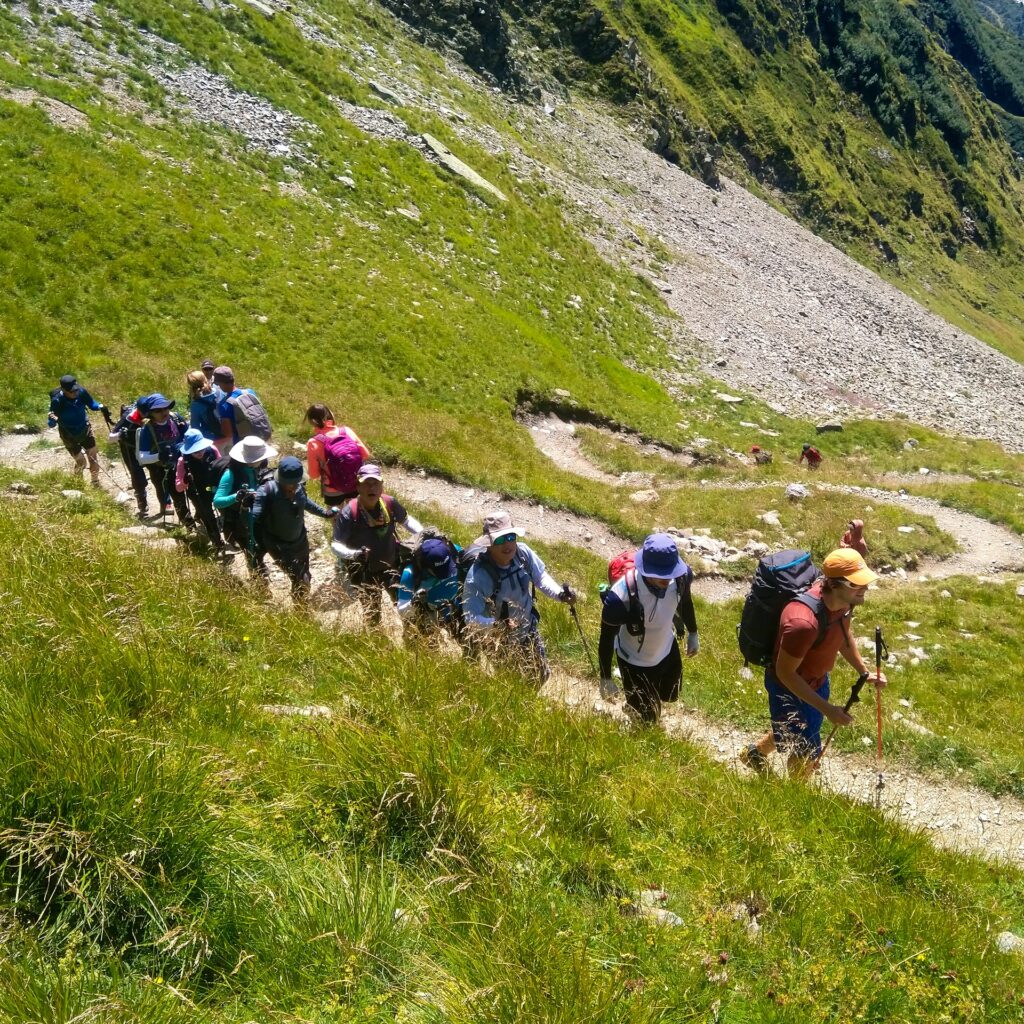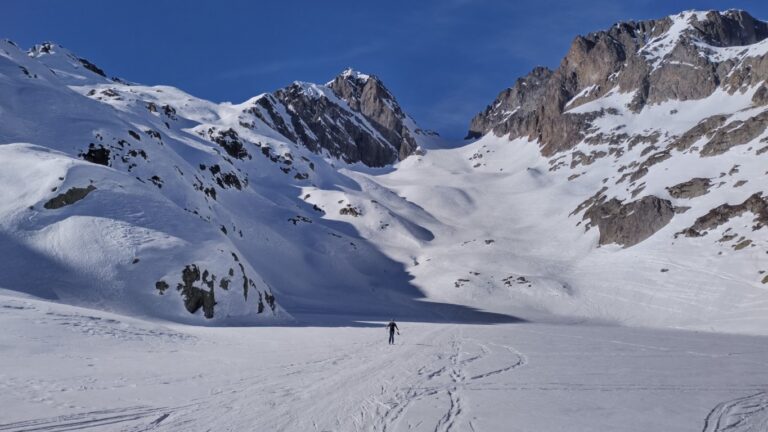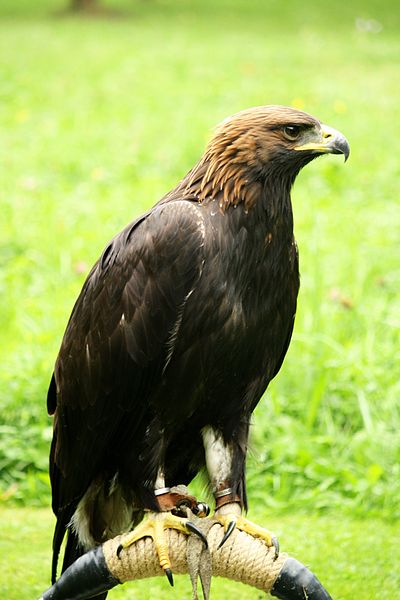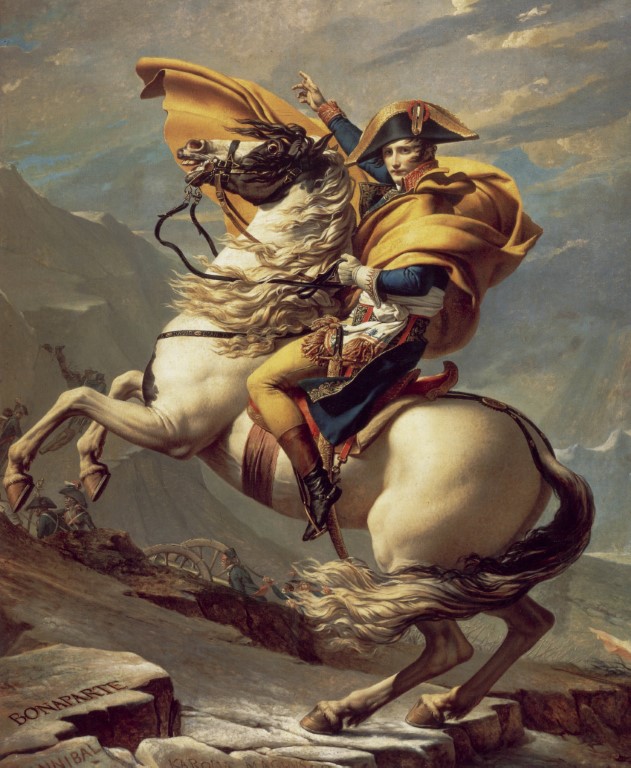The History of the TMB
Today, the Tour du Mont Blanc is the most popular long distance hike in Europe, if not the world. But how did it become established, and who was the first to walk it? To find the answer, we have to go back to 1767, and a man who would play a key role in the history of this region, Horace Bénédict de Saussure. However the story of the actual footpaths goes back even further. Read on for a look at the history of the TMB.
Most of the paths themselves are centuries or even millenia old. They long pre-date Saussure, the TMB or even Alpine tourism. The trail from Les Contamines over the Col du Bonhomme is a good example. It was already an established trade route when the Romans arrived. At the time, Ceutrone tribespeople used it to bring salt from Moutiers to the Montjoie Valley for cheesemaking. The path actually crosses a surviving Roman bridge just below the Nant Borant refuge. Other paths on the TMB have existed for centuries as crossing points between the valleys, or trails for herders to move livestock along.
Horace Bénédict de Saussure
Horace Bénédict de Saussure was instrumental, not only in the ascent of Mont Blanc itself, but in the development of mountaineering as a sport. Born in 1740 to a wealthy family close to Geneva, he would become a prominent scientist of the day. His interests included botany, geology, physics and meteorology. In March 1760 he made the first of many trips to Chamonix with the aim of collecting plant specimens. Arriving in winter, he was astonished by the snow covered landscape. He wrote of the uniform whiteness covering immense surfaces, punctuated only by rocky slopes too steep to hold the snow, dark forests, and the serpentine blackness of the river Arve. Interestingly, he also complained about the lack of accommodation – a situation that would be rapidly rectified in the following years. The next two decades saw the development of several grand hotels to serve the nascent tourism industry.
Saussure developed a fascination for Mont Blanc. In the same year, 1760, he offered his famous prize for the first party to reach the summit. Two Chamoniardes, Dr Pacard and Jaccques Balmat eventually claimed the prize in 1786. Saussure would reach the summit himself the following year. But I’m jumping ahead. This article is about the trek around Mont Blanc, not it’s first ascent.
The first TMB
Twenty years before his ascent of the mountain, Saussure was in Chamonix to explore the Mont-Blanc massif. He embarked on a circuit of the Mont Blanc in 1967, along with a party of friends, guides, mules and porters. This first tour of the mountain range really marks the start of the history of the TMB. The endeavor was partly for scientific interest, partly to help find a route to the elusive summit. Saussure’s party started off on a route similar to that popular today. They crossed from the Chamonix valley into Les Contamines and then went over the Col de Bonhomme towards Courmayeur. From Courmayeur the party reportedly took a longer route. They went further into Aosta before entering Switzerland by the Grand St. Bernard Pass (home to Barry the dog).
Exploits like these helped put the Chamonix area on the map. The Alps up to this point were seen as a land of peasant farmers and inhospitably dangerous mountains, with little cultural or touristic interest. Over the second half of the 18th century, all this changed. The region became a popular destination for the wealthy travelling set of Europe. Roads, hotels and spa towns were built, and the elites of the day came here to take in the air, and to be seen.
The Growth of Tourism in the 1800s
Throughout the 19th Century, the region continued to grow in popularity, despite the disruption of the Napoleonic Wars between 1803 and 1815. Notable figures in the art world spent time in the Alps. The poet Lord Byron spent the summer of 1816 on the shores of Lake Geneva along with Percy and Mary Shelley, poet and author respectively. Mary Shelley wrote Frankenstein here, even setting a scene of the novel on the Mer De Glace above Chamonix. The Artist JMW Turner also visited Chamonix in 1802, and again in 1836 whilst travelling around Europe. Over the course of these visits, he produced many sketches and paintings of mountain landscapes. Although best known for nautical themes and steam trains, he painted a few notable views of Mont Blanc such as the one above.
The Golden Age of Alpinism
The decade from 1855 to 1865 saw the Golden Age of Alpinism, when British mountaineers (and scientists) hired local French or Swiss guided to tackle the hitherto unclimbed peaks of the massif. The subsequent years up until the ascent of the Dent du Geant in 1882 are sometimes known as the Silver Age of Alpinism. This burst of activity encouraged the growing popularity of the Chamonix valley. Hotels became the biggest industry in the valley, taking over from mountain guides and crystal hunters, and farmers before that. More and more visitors flocked to the valley to see the views, visit the glaciers, and of course to go hiking. By the end of the 19th Century, Chamonix was firmly established as the mountain sports capital of France. At this point, only Zermatt in Switzerland rivalled the town for the title of the premier mountain destination in Europe.
In 1901 the railway arrived in Chamonix and the first mountain railway, to Montenvers, opened in 1908. Another iconic mountain railway, the Mont-Blanc Tramway, followed a year later. The first ski lifts opened in 1924, just in time for the first Winter Olympics which was also held in Chamonix.
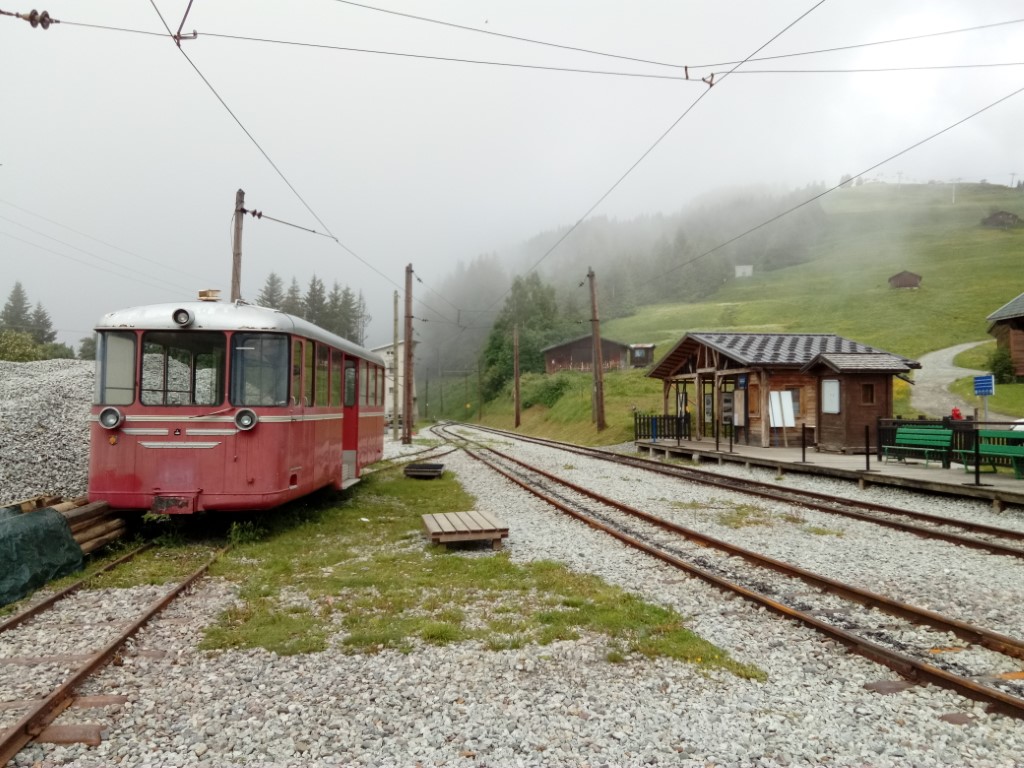
The Modern TMB
All this expansion has set the scene for the TMB as we know it today. The full walk typically takes around 10 days to complete. Depending on the variation you take, it’s around 160km long with 10 000 metres of ascent. The usual start points in the Chamonix valley are easily reachable by bus, car or train, and there is plenty of accommodation in the valley. The ski lifts we mentioned can be used to shorten the route, along with several useful bus services. Although there is accommodation all along the route, it does tend to book up early, especially at certain pinch points. You can use sites like www.autourdumontblanc.com to book accommodation, or you can book onto an organised trip with pre-booked accommodation.
If you want to sample the modern TMB then you could take a look at our 4-day version. We’ll guide you from Courmayeur to Les Houches in a long weekend, with half-board accommodation and airport transfers included. Whichever way you choose to do it, over its 250 year history the TMB has become one of the classic multi-day treks in the world.




